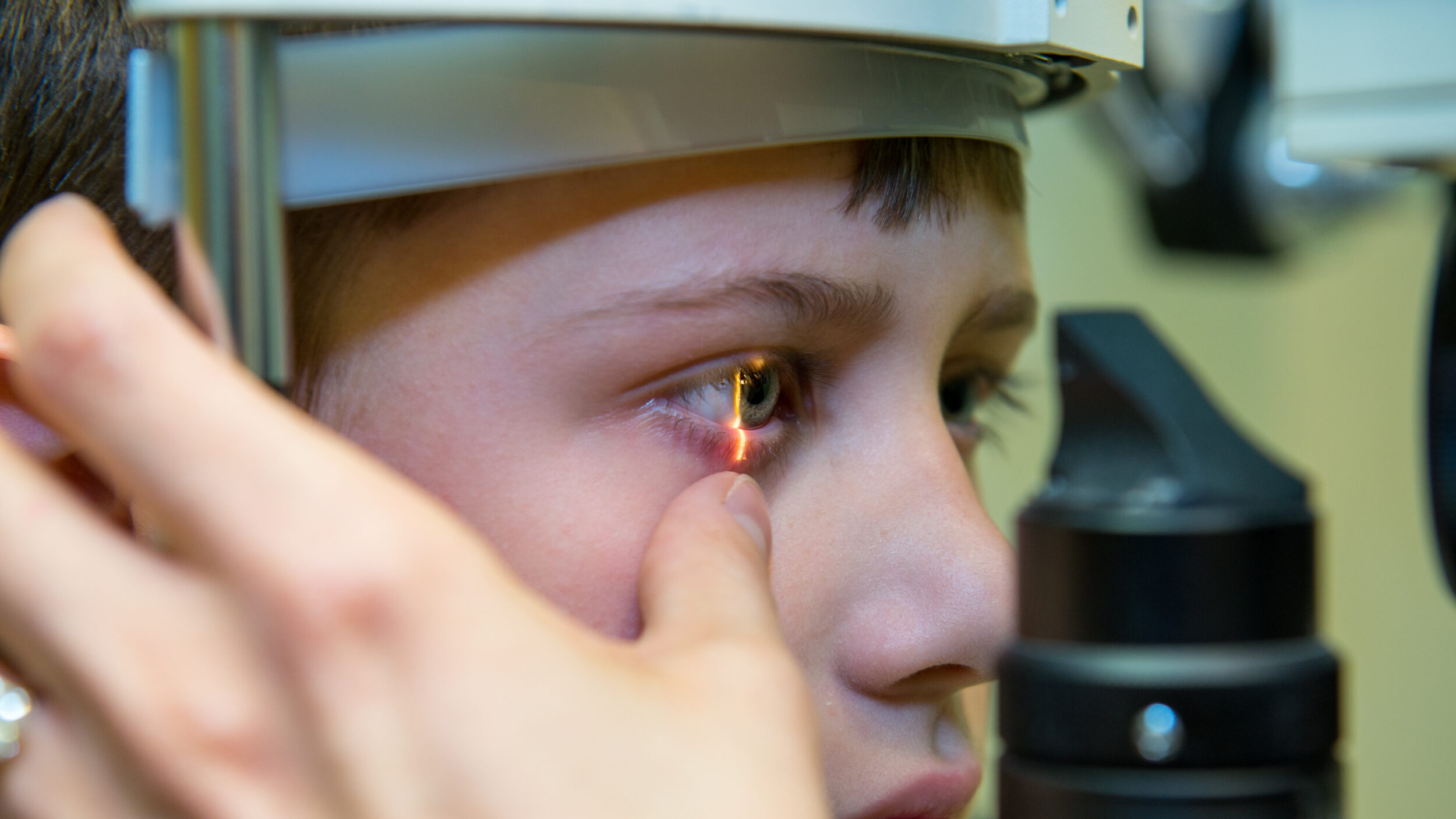
As a parent, you’re on high alert for anything that could affect your child’s health and development. Whether it’s the latest “bug” going around or how much time they’re spending in front of a screen, you’re like a ninja staying one step ahead.
Here’s something else that should be on your radar: your child’s vision. According to Hattiesburg Eye Clinic’s Therapeutic Certified Optometrist Himali Patel, eye problems could lead to unwanted consequences for your child.

“Many vision problems can have a serious impact on a child’s development, especially in school,” says Dr. Patel. “Difficulty in seeing clearly can affect how they learn, read, or perform on tests.”
Dr. Patel says things could get even worse with more serious conditions. “With some children’s eye diseases, the end result could be permanent vision loss. That’s why early detection and intervention for vision-related problems is vitally important for kids.”
Although most won’t reach this extreme, you still shouldn’t take any pediatric eye problem for granted. Conditions like eye misalignment or refractive (focusing) errors, the most common among kids, may still have a stunting effect on learning and development.
“Eye misalignment like strabismus, where one or both eyes may turn in, out, up or down, happens frequently” says Dr. Patel. “Farsightedness, though, is actually the most common in school-aged kids. They won’t always need glasses, but if it’s strong, it could lead to lazy eye (amblyopia).”
The opposite refractive error, nearsightedness, is another story. “Nearsightedness requires correction, as well as astigmatism, an abnormally shaped cornea, which may also interfere with clear vision,” says Dr. Patel.
Although most vision problems are best detected through an exam, Dr. Patel says parents may also notice things that suggest an eye issue.
“Eye misalignment is a big one that’s easily noticeable. Parents may also pick up on children being slow to reach developmental milestones.”
In addition, Dr. Patel says parents should look for:
- Loss of interest in activities
- Trouble keeping their place while they read
- Squinting or turning their head to see better
- Rubbing their eyes
- Frequent headaches
- Trouble recognizing certain colors
Even photos might offer hints of a developing eye problem. “If the red reflex often seen in photos of the eyes looks white, yellow, or black, you should have their eyes checked,” says Dr. Patel.
Dr. Patel also says there are things you can do for your child’s eyesight that could make a difference in their development long-term.
“Be sure your child is eating a healthy diet with lots of fruits and vegetables, gets plenty of sleep, and spends regular time outdoors. Be sure, though, they wear UV-protective sunglasses while out in the sun!”
Another good idea is limiting their electronic screen time using the 20-20-20 rule: every 20 minutes look away 20 feet for 20 seconds. It’s also important that you have them wear protective eyewear during contact sports or similar activities.
Above all, says Dr. Patel, have their eyes checked regularly. “They should have regular eye exams, particularly between ages 3 and 4, right before entering school, or anytime something seems abnormal. That’s the best way to get ahead of an emerging eye problem.”
To learn more about Hattiesburg Eye Clinic’s eye care for children, be sure to visit our website. To find out how Hattiesburg Eye Clinic can improve your vision health, call 601-268-5910 (or toll-free 800-624-8254) or schedule a consultation with us at www.hattiesburgeyeclinic.com/contact-us/
